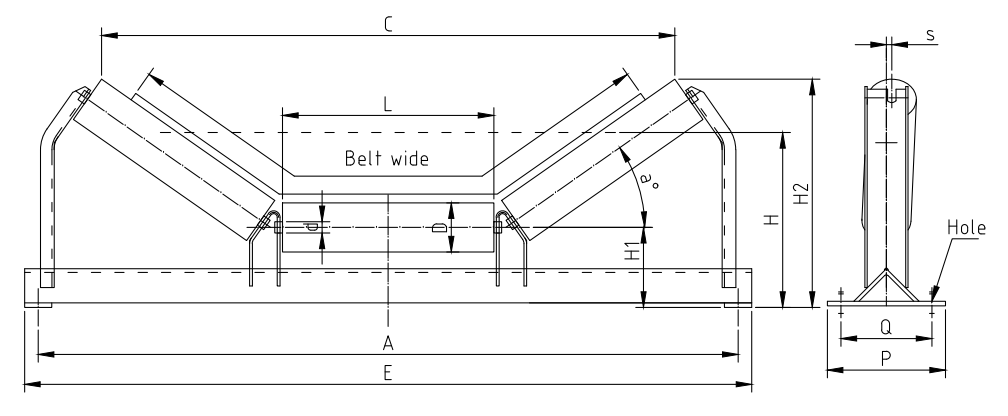 Afrikaans
Afrikaans  Albanian
Albanian  Amharic
Amharic  Arabic
Arabic  Armenian
Armenian  Azerbaijani
Azerbaijani  Basque
Basque  Belarusian
Belarusian  Bengali
Bengali  Bosnian
Bosnian  Bulgarian
Bulgarian  Catalan
Catalan  Cebuano
Cebuano  Corsican
Corsican  Croatian
Croatian  Czech
Czech  Danish
Danish  Dutch
Dutch  English
English  Esperanto
Esperanto  Estonian
Estonian  Finnish
Finnish  French
French  Frisian
Frisian  Galician
Galician  Georgian
Georgian  German
German  Greek
Greek  Gujarati
Gujarati  Haitian Creole
Haitian Creole  hausa
hausa  hawaiian
hawaiian  Hebrew
Hebrew  Hindi
Hindi  Miao
Miao  Hungarian
Hungarian  Icelandic
Icelandic  igbo
igbo  Indonesian
Indonesian  irish
irish  Italian
Italian  Japanese
Japanese  Javanese
Javanese  Kannada
Kannada  kazakh
kazakh  Khmer
Khmer  Rwandese
Rwandese  Korean
Korean  Kurdish
Kurdish  Kyrgyz
Kyrgyz  Lao
Lao  Latin
Latin  Latvian
Latvian  Lithuanian
Lithuanian  Luxembourgish
Luxembourgish  Macedonian
Macedonian  Malgashi
Malgashi  Malay
Malay  Malayalam
Malayalam  Maltese
Maltese  Maori
Maori  Marathi
Marathi  Mongolian
Mongolian  Myanmar
Myanmar  Nepali
Nepali  Norwegian
Norwegian  Norwegian
Norwegian  Occitan
Occitan  Pashto
Pashto  Persian
Persian  Polish
Polish  Portuguese
Portuguese  Punjabi
Punjabi  Romanian
Romanian  Russian
Russian  Samoan
Samoan  Scottish Gaelic
Scottish Gaelic  Serbian
Serbian  Sesotho
Sesotho  Shona
Shona  Sindhi
Sindhi  Sinhala
Sinhala  Slovak
Slovak  Slovenian
Slovenian  Somali
Somali  Spanish
Spanish  Sundanese
Sundanese  Swahili
Swahili  Swedish
Swedish  Tagalog
Tagalog  Tajik
Tajik  Tamil
Tamil  Tatar
Tatar  Telugu
Telugu  Thai
Thai  Turkish
Turkish  Turkmen
Turkmen  Ukrainian
Ukrainian  Urdu
Urdu  Uighur
Uighur  Uzbek
Uzbek  Vietnamese
Vietnamese  Welsh
Welsh  Bantu
Bantu  Yiddish
Yiddish  Yoruba
Yoruba  Zulu
Zulu types of pulley in conveyor belt
Types of Pulley in Conveyor Belt Systems
Conveyor belts are integral to various industries, facilitating the transportation of materials over both short and long distances. A key component of these conveyor systems is the pulley, which plays a critical role in driving the belt and maintaining proper tension. Understanding the different types of pulleys used in conveyor belts is essential for optimizing performance and ensuring the longevity of the system. This article explores the main types of pulleys utilized in conveyor belt systems, their functions, and the contexts in which they are most effective.
1. Drive Pulley
The drive pulley, also known as the motorized pulley, is perhaps the most critical component in a conveyor belt system. This pulley is connected to the motor and is responsible for providing the necessary power to move the belt. Drive pulleys can be found in varied configurations, including crowned (with a slight upward curve) to help center the belt and prevent slippage. The materials used for drive pulleys are typically robust, ensuring they withstand the stresses of continuous operation. Depending on the application's specific needs, drive pulleys can vary in size and diameter, thus influencing the speed and capacity of the belt.
2. Idler Pulley
Idler pulleys are non-driven pulleys that support and guide the conveyor belt's route. They are vital for maintaining belt tension and preventing sagging. Without idler pulleys, a belt would not run smoothly, leading to increased wear and potential system failure. Idler pulleys can be of several types, including flat idlers, which help support the weight of the load, and troughing idlers, which hold the belt in a U shape for better load containment. Proper spacing and placement of idler pulleys are crucial for maintaining alignment and functionality.
types of pulley in conveyor belt

The return pulley is situated at the end of the conveyor system and plays a significant role in redirecting the belt back to the drive pulley. This component is crucial for creating a continuous loop system, ensuring that the material being transported can be recycled through the conveyor. Return pulleys often have a smaller diameter than drive pulleys, which helps maintain proper tension and alignment of the belt. In some cases, return pulleys may be equipped with scrapers to clear material buildup, which helps maintain clean operation and reduces wear on the belt.
4. Tail Pulley
The tail pulley is located at the opposite end of the drive pulley and serves to anchor the conveyor belt, keeping it taut and facilitating smooth return motion. Like the return pulley, the tail pulley also plays a role in ensuring the alignment and stability of the belt. Tail pulleys can be fitted with various types of crowns or grooves to help with the tracking of the belt. Ensuring that the tail pulley is correctly positioned and maintained is vital for minimizing wear and preventing misalignment.
5. Snub Pulley
The snub pulley is another essential component in a conveyor system, typically found between the drive and return pulleys. Its primary function is to increase the angle of wrap around the drive pulley, thereby enhancing the drive's efficiency and grip on the belt. By improving the contact area between the belt and the drive pulley, the snub pulley helps prevent slippage and ensures reliable performance.
Conclusion
Each type of pulley plays a pivotal role in the functionality and efficiency of conveyor belt systems. Understanding the differences among drive, idler, return, tail, and snub pulleys allows engineers and operators to design more effective conveyor systems tailored to specific needs. Proper selection, placement, and maintenance of these pulleys can lead to improved performance, reduced operational costs, and extended service life of the conveyor systems. With advancements in technology, the design and materials used in pulleys continue to evolve, providing even greater performance and reliability in material handling.
-
Revolutionizing Conveyor Reliability with Advanced Rubber Lagging PulleysNewsJul.22,2025
-
Powering Precision and Durability with Expert Manufacturers of Conveyor ComponentsNewsJul.22,2025
-
Optimizing Conveyor Systems with Advanced Conveyor AccessoriesNewsJul.22,2025
-
Maximize Conveyor Efficiency with Quality Conveyor Idler PulleysNewsJul.22,2025
-
Future-Proof Your Conveyor System with High-Performance Polyurethane RollerNewsJul.22,2025
-
Driving Efficiency Forward with Quality Idlers and RollersNewsJul.22,2025





























